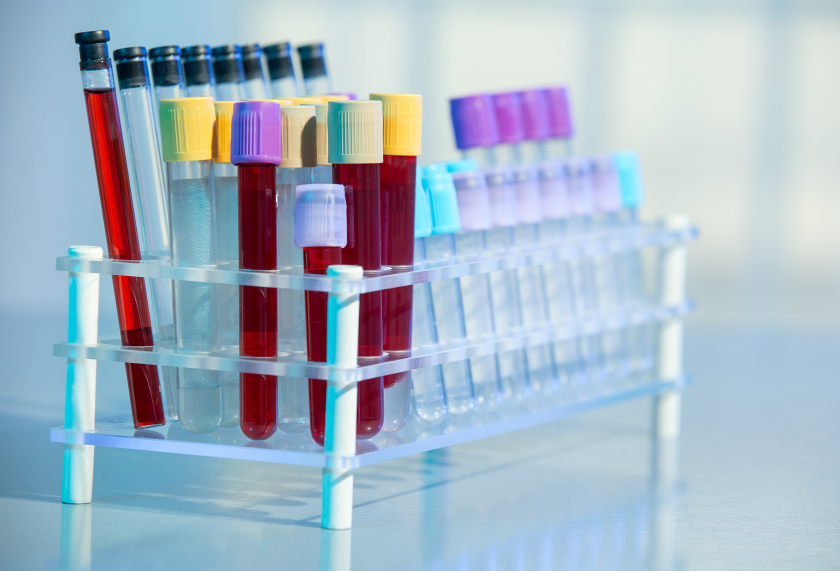Though the report from the French High Authority of Health is yet to be published, a decree from last May 7th has included Non-Invasive prenatal diagnosis in the list of prenatal diagnosis examinations.
End of April, a first piece of information comes through: clinics in Nantes are offering “free” non-invasive prenatal testing for Down Syndrome (NIPT), thanks to “public funding”, of which the source remains unclear. A few days later, the AP-HP[1] announces that from now on its institutions will also offer NIPT on the same financial terms as above and that it intends to open an automated platform to test the samples. Finally, on May 7th, day of the presidential elections, a decree published in the OJ goes unnoticed: NIPT is now registered as part of the list of prenatal examinations. Step by step, this technique is being included in the French policy related to Down Syndrome testing. The decree is to be followed by a bylaw, prerequisite to a greater scale expansion of NIPT in France.
The decree specifies that institutions offering NIPT must have a room intended for receiving families concerned by the “diagnosis”. Explaining in a few minutes what NIPT is and what the consequences will be is more than challenging and deserves more than a “room” or a few lines. It is a genetic test carried out on the cell-free foetal DNA flowing through the mother’s blood. Stuck between combined testing and testing via invasive sampling, where does it stand? NIPT is still to be considered within the field of testing, statistics, and uncertainty as any positive result will have to be confirmed by amniocentesis.
Considered as an “innovation”, NIPT has been granted special rights concerning its reimbursement since 2016 thanks to its registration in the “list of innovative acts outside nomenclature”. This way, it is exempt from having to obtain an accreditation, and enables doctor to use it in the name of “clinic and medico-economic data collection”. As such, pregnant women who do not have the means to pay are not discriminated as it is temporarily taken care of financially [2] (390€) thanks to funding awarded by the Ministry of Health.
After the decree of May 7th, its funding will probably be replaced by social security reimbursement as soon as the bylaw setting the conditions for the test’s prescription and realisation are published. The text will be proposed by the general director of the Biomedical Agency after the French National Agency for Medicines and Health Products Safety delivers its opinion.
Clearly, things are being rushed. The second part of the report of the High Authority of Health is still pending. The first, published in October 2015, certified the effectiveness of NIPT before French studies on the subject were even published. No doubt the second report will come up with some medico-economic plan to meet the expectations of supply and demand. As for the ethical assessment, the French National Consultative Ethics Committee set the tone in 2013: this technique “has enabled to considerably decrease the amount of invasive and potentially dangerous (especially for the baby) sampling carried out later”. Such an argument is a good means to preventing anyone from questioning the legitimacy of this policy of eradication[3]. For four years, this test has been commercialised in France without approval or validation by health authorities. Have our country’s authorities let the situation develop bit by bit before secretly approving it?
[1] Assistance Publique des Hôpitaux de Paris (Paris public hospitals).
[2] List of innovative acts of biology and anatomo-cytopathology outside nomenclature: http://social-sante.gouv.fr/systeme-de-sante-et-medico-social/recherche-et-innovation/rihn.
[3] 85% of pregnant women are tested for Down Syndrome, 92% of foetuses are detected. Among them, 96% are aborted. (Sources: BEH study published on May 12th 2015; 2009 State Council report « la révision des lois bioéthiques. Paris: la documentation française, 2009, p.40).

